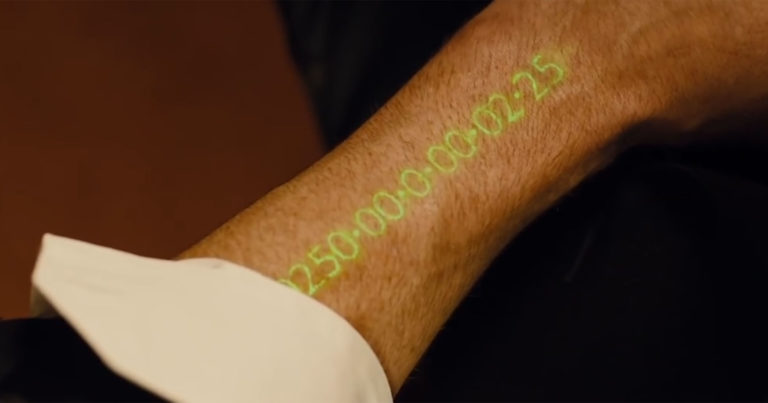In my experience, small business owners can be an enthusiastic bunch. But working with them on a corporate video can sometimes be trying. Which is hardly surprising—you’re crafting a narrative around their baby and making videos is exciting. Their production budget is typically low—while at the same time being a big expenditure for them—and their expectations are often based on the commercials they’ve seen on TV.
So how do you craft a video for them that grabs attention, engages an audience, and generates revenue for this client?
It couldn’t be simpler. One word: story.
Think visually
Sure, you can convey the message with a talking head—and I’m not saying you can’t—but it’s a waste of the medium’s potential. Video demonstrates action and conveys emotion in a way that no other medium can. Take this example I wrote and directed for the Logos Bible Study app. It shows how it works (action), but more importantly it illustrates the benefit that comes from incorporating it into your spiritual life (emotion).
The product is not the hero
When you sit down with a potential client, they’re likely to have something in mind that tells their story. While there’s a time and place for that, it’s a story that’s usually best kept to an internal audience. Or one composed of existing customers.
Instead, they should be focused on telling a story that presents their customer as the hero, and their product as the tool in their hand. Your client may be so intent on telling their own story they forget what it’s like when they’re the audience, and how long it takes them to decide whether they’re going to watch a video or not. So ask them the question that we all ask when choosing what to watch, and that’s “Why should I care?”
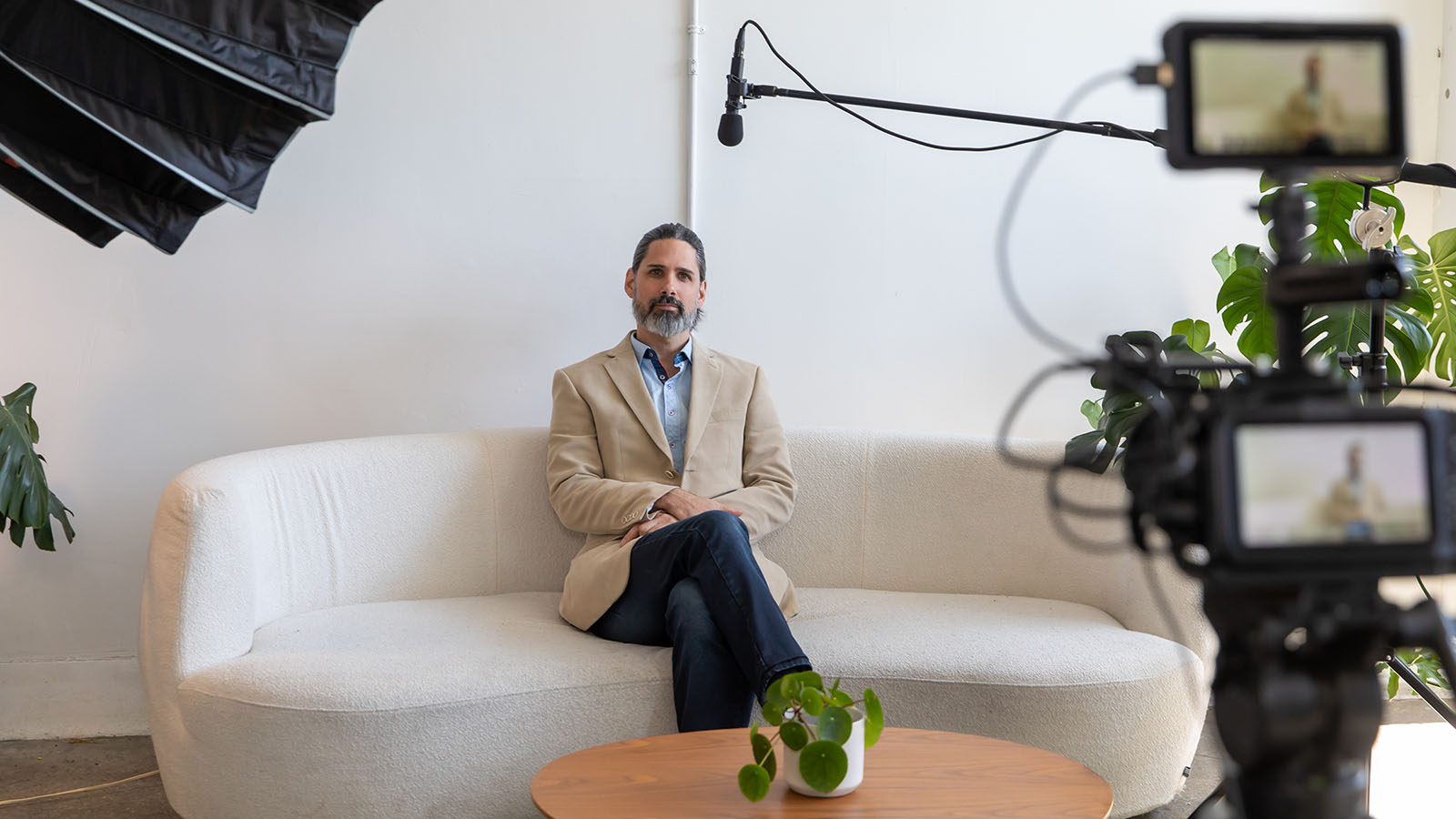
Your video’s job, in a way, is to project your audience into the future, presenting how their life might be with the help of your client’s product. Just be sure not to overreach. If the portrait that you paint is too rosy, people will smell it from a mile away and tune you out.
Get personal
Marketers often identify “personas” based on their customer base. This is a good first step toward building your characters in the video. But I’d encourage you to press beyond a generic persona and think about the idea of character, instead.
Think about the idea of character.
Be specific. Craft a little back story. Pick a setting. Even if your audience doesn’t realize it, pick a real city or a culture space where your story happens. How does that influence the costumes, props, locations and set dec? Then craft your plot. What challenge is the customer facing? What are their pains? What are their desires? What are they pursuing? Think about the difference between their external actions and their internal desires. Is there an obstacle between them? Could your product help ease that tension just a little?
Crafting your characters, setting, and plot for a small business’ corporate video may seem excessive. But it’ll help you to craft a story with resonance. There will be an underlying cohesion on screen. Additionally, it’ll help to simplify decisions on what people should wear, what items should appear on a character’s desk, and where an actor can derive their inspiration.

FAB—Features, Actions, and Benefits
Where do you get the inspiration for the actions of your characters? Every product on the market can be analyzed with the acronym FAB. Features, Actions and Benefits.
Often, your client’s first instinct will be to focus on features. They’ll want to talk about all the work that went into it. They want their customers to appreciate and value the effort that went into the creation of a feature. They’ll even be eager to show it in action, functioning according to design. But most often it is not the feature that the vast majority of customers are interested in. It’s the benefit. The old adage is “you don’t buy a drill, you buy a hole.”
You don’t buy a drill. You buy a hole.
If your client is relatively successful, they’re likely to know what the product’s emotional benefits are, and that’s where the real value lies. Your next step is to figure out how your characters can demonstrate the experience of that emotional benefit. What does life feel like without it? That’s your starting point. What does life look like with the new emotional benefit? That’s your finish line.
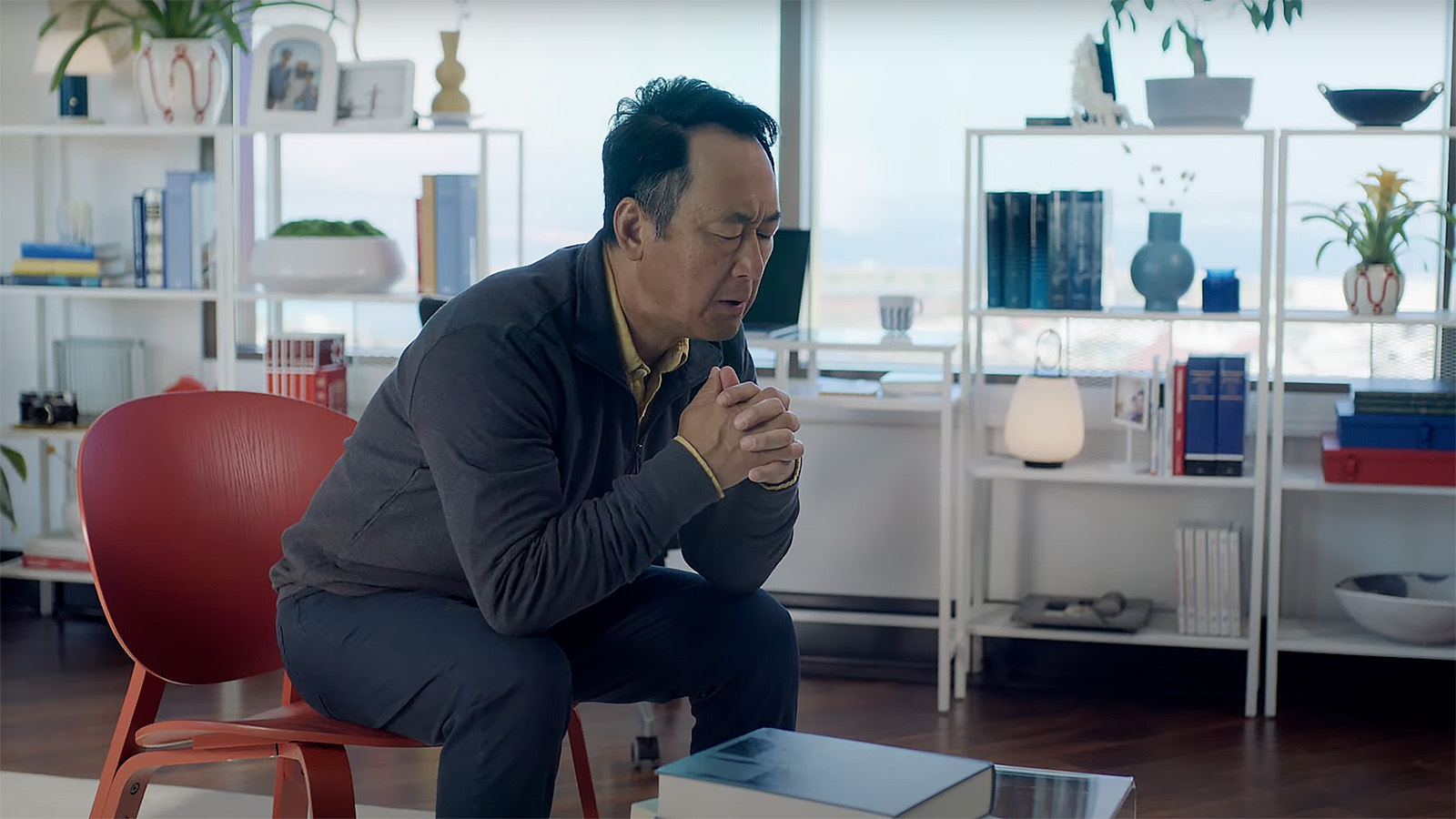
This approach places the customer at the center of the story. And their question of “why should I care?” is answered, explicitly or implicitly. Time and again, I’ve seen this customer-centric approach to videos produce tremendous results.
Anticipate objections
You don’t want to just pitch your client’s product as a miracle cure-all. We instinctively know that nothing is that easy. So dig into the product story with your client. What are the objections that people raise in the purchase process? Where are the points of friction that cause people to return the product? Where are things a little harder to use than your customer would like to admit?
Dig into the product story with your client.
These customer objections can be handled in your story. These points of conflict can be headed off in the way a product is marketed. You can show little hints here and there that give the customer a little heads up and help to frame their expectations.
When done properly, this helps to frame the promises that a product is making. So instead of saying “this works like magic!”, instead show that it works in three easy steps. Which not only frames the process, but also sets expectations. So gather customer objections from your client. Then present how each of these are overcome. (If there are too many, maybe you’ve got scope to suggest a video series?) Then use those methods in the video to produce conflict and story.
Build a hero’s journey
As a filmmaker you’re most likely familiar with The Hero’s Journey.
It’s a pattern found across literature and films for telling epic tales, and a helpful, simple framework for getting your client to see a potential role for their product in the life of the consumer.
For example, you might say that when we watch Star Wars we see ourselves as Luke, putting ourselves at the center of our story. But if you shift the emphasis and tell the story where your customer is Luke, the client can now see their product as his lightsaber, and the company his trusted guide, Obi-wan. Or R2.
It works. It’s a quick formula that helps business people to reframe their approach to video. It gives them a familiar framework to operate within, along with some verbal tools to communicate within their own teams.
We want the customer’s adventure to be the center of our communication.
We want the customer’s adventure, and the overcoming of their obstacles to be the center of our communication. Why? Because it communicates that we (the company) care about you (the customer), rather then trying to get you (the customer) to care about us (the company) by telling you how hard we work to make money. The difference is absolutely critical.
Don’t fear the negative
One objection that quickly arises when you start talking about overcoming objections and obstacles is the idea that you don’t want to have anything negative in your marketing.
I agree that you don’t want to focus on the negative too much. But if you can get it right, negative experiences can carve out emotional space for positive feelings to come in. Sometimes you can explicitly call them out. Sometimes you can just leave the problems implicit. When you show a positive outcome, it implies a challenge being overcome.
Develop your story arc
If you want to tell a compelling story with an ad, characters still need an arc. Your story still needs a beginning, middle and end. A beginning state, conflict and an outcome. This can happen in just a few seconds. Even with just 15 seconds you can tackle one problem, one feature and a funny little ending. I called this approach “harmless humor”. Design your spot to get attention, and garner a little smile. Make sure you have an arc, tell a little story, and have the character undergo a change in attitude, appearance or actions.
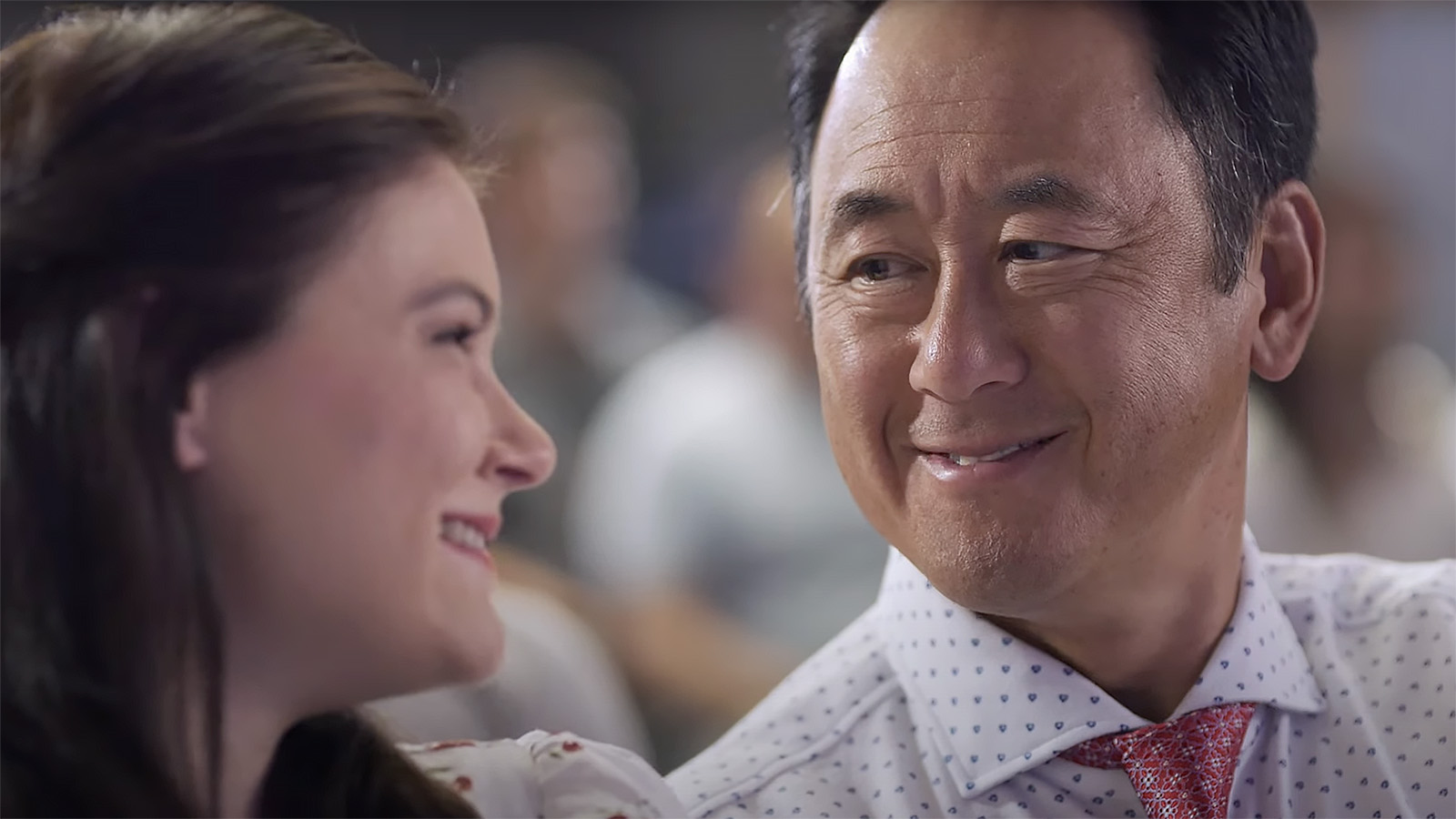
Present obstacles
Since we’re using a visual medium, it’s important to work to find physical obstacles for your characters to tackle. Even though we’re working toward an emotional payoff, characters need to do things on screen.
Give some physical action for the characters to do that can give them something to overcome.”\
When you work with a technology product it is tempting to just have people smile and nod at screens. But a better video will try to give some physical action for the characters to do that can give them something to overcome.
Allow those physical challenges to be emblematic of the emotional obstacles that your customers might face. Can you portray their frustrations, pains points, hassles, temptations and annoyances? If you do, it will also create that narrate space for you to fulfill their hopes and dreams. If your client’s product can genuinely ease their pain a bit, they’ll gain a customer for life.
Develop a theme
It is helpful to create a theme around your video and its accompanying web page or promotional copy. That theme might be implicit, or you might spell it out in the video. But a theme helps all the different people to stay on the same page and “sing the same song.”
Resonate
Long before I learned about the hero’s journey, I read an amazing book called Resonate: Present Visual Stories that Transform Audiences (Amazon) by Nancy Duarte. This is not a book about filmmaking or video production. Instead, it’s about making good powerpoint presentations. Well, making the best freakin’ powerpoint presentations anyone has ever seen. In it, Nancy analyzes Martin Luther King’s “I have a dream” speech. It looks like this…
Aesthetically speaking, the amazing thing about this speech is that it follows the same dramatic rhythms as the hero’s journey. It resonates deeply in our collective spirit, and brings the audience into the journey. It’s a masterpiece of communication and inspiration. Those same rhythms can be used by any communicator. Even when you are just making a little video about an app.
The narrative outline
So let’s work through a little exercise that can help walk your client through what you want to achieve, together.
The main proposition
Identify the main benefit of the product to the customer. Does it take them from chaos to order? Does it take them from pain to healing? This will help you identify the two hardest parts of a story, the beginning and the ending.
The big obstacle
What’s stopping your viewer from becoming a customer? It might sound like this, “We all want (fill in the blank with a desirable vision for the future) but (highlight a big obstacle to this).” The product that you are making a video about should address that problem and help move people toward their desired goal. Make them the protagonist.
Identify the main benefit of the product to the customer.
The end of the rainbow
Give a moment where that obstacle is overcome and your product helped the customer to overcome it. This is the lightsaber in the hand of Luke Skywalker for the first time. Pull back the curtain a little and show how adding your product to the customer’s life may help produce the life that they are seeking. This can feel like an unveiling or a reveal. Then you can offer them a map of how to get to the end of the rainbow (as long as they have your product to help). Because things aren’t magic, there will still be obstacles and opponents, but now they have the right tool for the job.
The features & challenges
In the ever-controversial screenwriting book Save the Cat! Blake Snyder has a section called “Fun & Games”. I think that’s a great description of the part of your video where you show off individual features of a product and how they can help a customer overcome specific challenges.
I often like to use 3-5 beats in the video where there are mini-arcs. These show the way a specific feature can help a specific customer obtain a goal. In each of these moments you can present an obstacle and show how a feature helps the customer overcome it. You can show the literal problem or you can use a metaphor. They can be serious, comedic or subtle.
A dad gets interrupted by his daughter, a woman goes for a hike in the mountains, a pastor tries to work out his message. And it shows how the new features of the software could help a user out. It’s also a good example of how you can be less literal and more creative.
So just come up with a few Obstacle/Feature pairings and have fun with it!
Bringing it home
You’ve now shown a vision for the future, obstacles that stand in the way and how the product can help a customer overcome them. If you’ve been sincere about it, you’ll have set customer expectations properly while inspiring them to give the product a try.
So bring it all together with a triumphal moment of promises kept, obstacles overcome, and things actually falling into place. We know that it doesn’t always work out that way, but if your values resonate with your customer then they will understand that we are striving together for the same goal.
Add a call to action
Finally, don’t forget to capitalize on the good will that you have fostered. Ask them to visit your site, get the product, or learn more today. Assume that if they have gotten this far into your video that it does resonate with them on some level. Call them to action. Maybe it’s in the description copy on the Facebook Ad, a “link in the bio”, but ask them to do something.
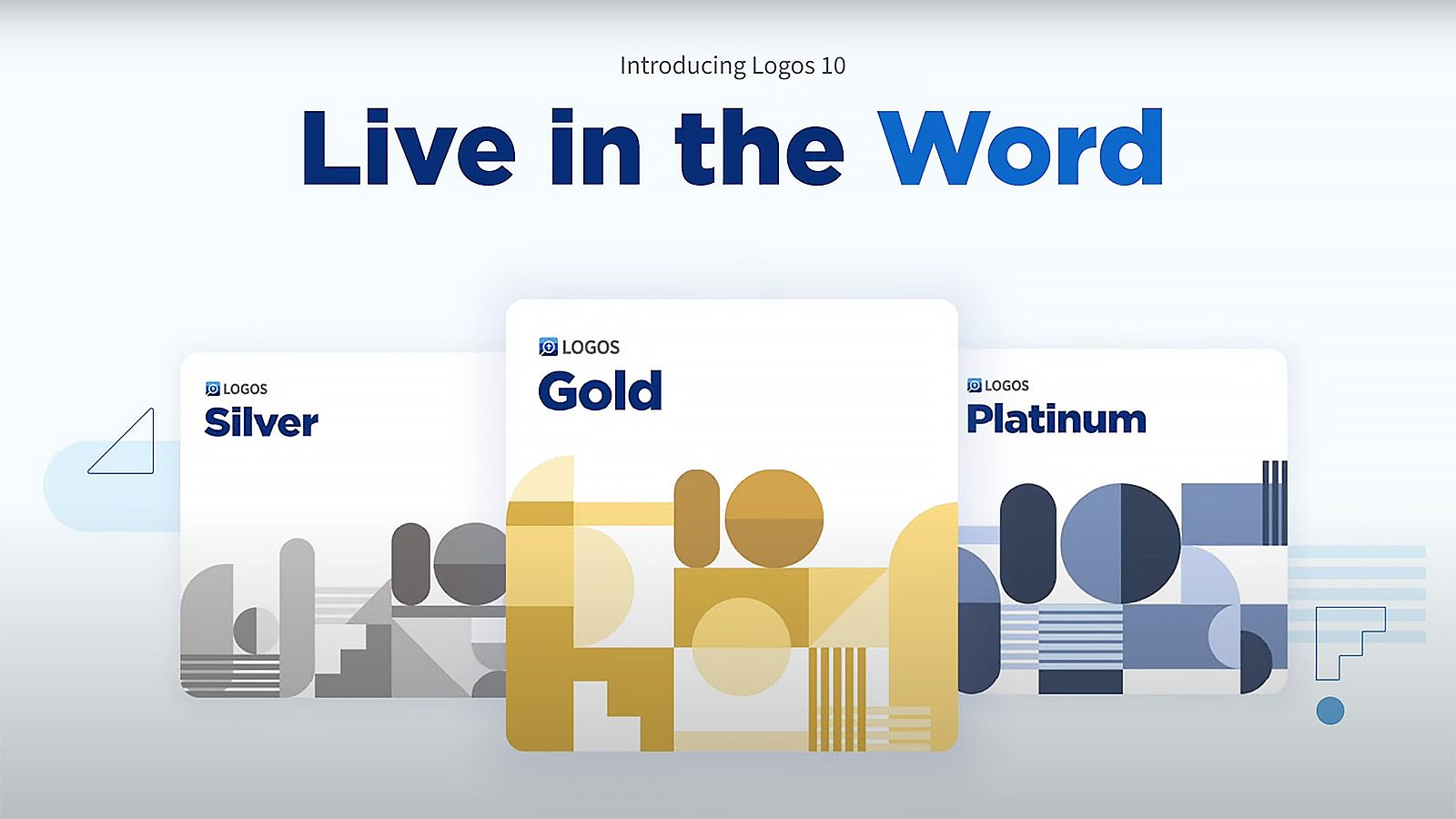
Be flexible
After all that work it’s easy to become precious about your script. Don’t do it. Scripts are greatly improved through multiple drafts of refinement. Don’t try to get it right on the first draft either. Try to come up with at least three big ideas, get some feedback, and then build out one of them.
All first drafts are crap.
Get more feedback and refine again. I live by the phrase “all first drafts are crap.” This frees me to get something out there and let others help refine the work into something worthwhile. Collaboration is key.
Give it a shot
This process can help any business tell their story. It’s not the only way to do it. But it’s been tested and refined, and it works for me. Now it’s yours. Use it honestly, make sure you don’t over-promise, and you’ll help turn audience into customers, and your corporate video client into repeat business.




